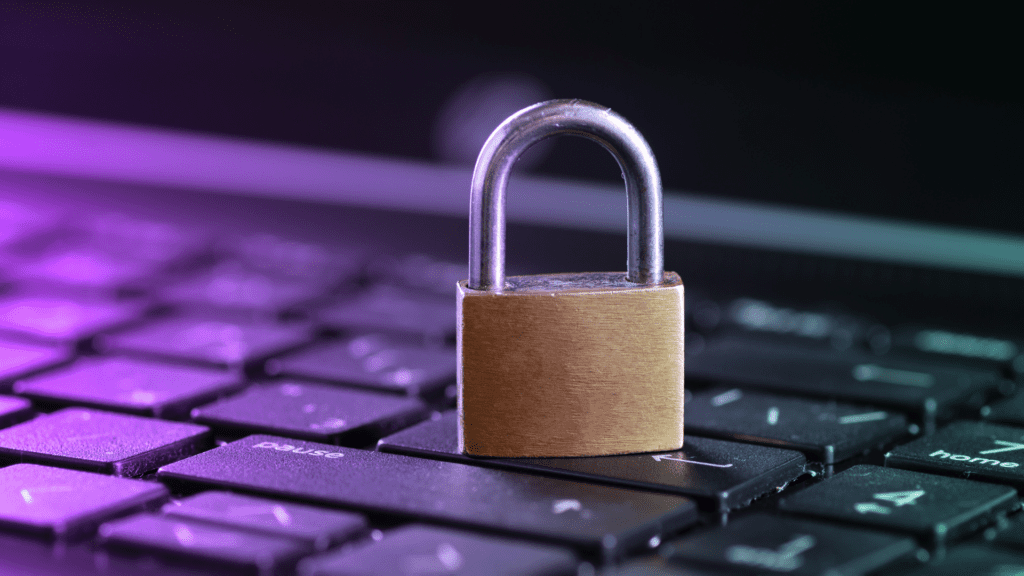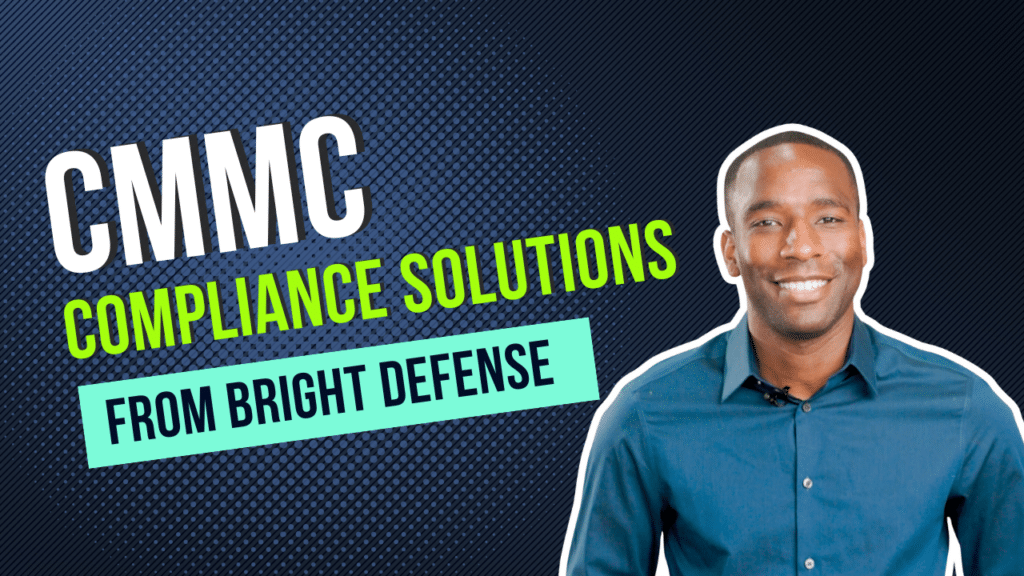
John Minnix
February 26, 2025
What is a SOC 2 Gap Assessment?
Securing sensitive information has never been more critical. The average cost of a data breach was $4.45 million in 2023. As companies increasingly rely on technology and cloud services, the demand for proven security measures grows. Enter SOC 2 – a recognized standard in the tech and service industry. This post will delve into the specifics of a SOC 2 gap assessment and its significance for companies on the path to compliance.
Understanding the SOC 2 Framework
Service Organization Control 2, commonly referred to as SOC 2, is a recognized compliance framework standard for tech companies and service providers. Designed and regulated by the American Institute of CPAs (AICPA), SOC 2 ensures organizations manage and protect customer data.
The main pillars or criteria of the SOC 2 framework are known as the Trust Services Criteria (TSC) or Trust Services Principles. They include:
- Security: This refers to the protection of information and systems from unauthorized access, information disclosure, and damage to the systems that could compromise the availability, integrity, confidentiality, and privacy of information or systems, as well as the protection against unauthorized changes to system utilities and applications.
- Availability: This concerns the accessibility of a system, product, or service as stipulated by a contract or service commitment. It focuses on monitoring network performance and availability, site disaster recovery, and system incident handling.
- Processing Integrity: This ensures that a system achieves its objectives (e.g., timely, accurate, authorized) in processing data. It involves checking for system processing activities’ accuracy, timeliness, and authorization.
- Confidentiality: This pertains to the protection of information designated as confidential from unauthorized disclosure. Examples include encryption, network and application firewalls, and access controls.
- Privacy: Organizations collect, use, retain, disclose, and dispose of personal information (PI) in conformity with their privacy notices and the criteria in the generally accepted privacy principles that the AICPA issues.
An organization undergoing a SOC 2 audit will choose which of these criteria are relevant to its service commitments and system requirements. Organizations often consider security as a foundational principle and might pair it with one or more of the other criteria based on their business needs and the expectations of their stakeholders.

Gap Assessment: The Diagnostic Tool for Compliance Readiness
Organizations conduct a SOC 2 gap assessment as a preliminary evaluation to identify differences between their current information security posture and the AICPA’s SOC 2 Trust Services Criteria requirements. This assessment is a diagnostic tool, pinpointing non-compliance, operational vulnerabilities, and potential process improvements.
The primary goal is to provide a roadmap for organizations to understand what changes, enhancements, or remediations they need to implement before undergoing a formal SOC 2 audit. By addressing these gaps in advance, organizations can increase their likelihood of a successful audit outcome and demonstrate their commitment to maintaining high standards of security and compliance to their stakeholders.
Crucial Elements of a SOC 2 Gap Assessment
A SOC 2 Gap Assessment isn’t a one-size-fits-all checklist. It’s a multifaceted analysis comprising several integral components:
- Documentation Review: This isn’t just about having paperwork. It’s about analyzing the depth, relevance, and completeness of policies, procedures, and guidelines. It asks questions like: Are the documented procedures reflective of actual practices? Are there gaps in policy coverage?
- Technical Evaluation: Beyond the paperwork, the actual tech environment comes under scrutiny. This includes rigorous evaluations of software configurations, hardware setups, network architectures, and even access controls. It’s about ensuring that the technological backbone of an organization meets the required standards.
- Personnel Engagement: No assessment can be complete without human insights. By interviewing and interacting with key personnel, especially those in information security and human resources roles, we can better understand the practical challenges and implementations.
- Risk Landscape Identification: Recognizing potential vulnerabilities, threats, and risks in the system can shape the course of action required to fortify defenses and enhance resilience.

Why the SOC 2 Gap Assessment is Non-Negotiable
The benefits of conducting a thorough SOC 2 Gap Assessment are numerous. They include:
- Risk Mitigation: Early detection means early action. The cost of business disruption, fines, and productivity loss from a data breach is 2.71 times the cost of compliance. By identifying potential snags, organizations can preemptively address issues, preventing them from ballooning into significant breaches or audit failures.
- Cost Efficiency: Addressing vulnerabilities or compliance gaps during an audit is costly. Gap assessments identify and close gaps before the audit begins saving time and money.
- Enhanced Stakeholder Confidence: Demonstrating a proactive approach towards compliance readiness significantly boosts stakeholder trust and sends a clear message about the entity’s commitment to data protection.
- Smoother Audit Journey: With a majority of the groundwork done during the gap assessment, the actual SOC 2 audit can proceed with fewer hiccups, ensuring a more streamlined and efficient evaluation process.
Distinguishing Between SOC 2 Gap Assessment and SOC 2 Audit
While both these processes are steps on the journey to SOC 2 compliance, they serve different purposes. The gap assessment is preparatory, highlighting areas of focus and improvement. In contrast, the SOC audit is an evaluative process that certifies an organization’s compliance with the Trust Service Criteria. One paves the way for compliance, while the other certifies compliance.
The SOC 2 audit, often conducted by certified public accountants, is a rigorous assessment that delves deeply into an organization’s systems, processes, and controls. This audit scrutinizes how well the organization meets each criterion, verifying that their security protocols are not only in place but are also effective. It’s not just about having the right policies on paper, but ensuring these policies are implemented, maintained, and continuously monitored in practice.
The SOC 2 audit typically has a six month look back period. This means the auditor is looking back in time six months to ensure the controls were in effect during this period. A successful audit culminates in an attestation, solidifying an organization’s commitment to maintaining the highest standards in data security and integrity.

SOC 2 Gap Assessment: The First Step Towards Continuous Compliance
The SOC 2 Gap Assessment is not just a precursor to the formal SOC 2 audit. It’s the foundation upon which the structure of continuous compliance is built. This comprehensive review establishes a clear baseline, highlighting the organization’s current security and compliance posture. It reveals strengths to be consolidated and weaknesses to be addressed. By doing so, it offers a granular view of where the organization stands and what it needs to maintain an enduring alignment with SOC 2 requirements.
Instilling a Culture of Regular Assessment
Continuous compliance demands a proactive, ongoing evaluation of systems, processes, and policies. The SOC 2 Gap Assessment introduces organizations to this rhythm. Once an organization experiences the depth and breadth of this assessment, it becomes better primed to undertake regular self-assessments, internal audits, and periodic checks, ensuring that its compliance status doesn’t lapse or become outdated.

Adapting to the Fluid Nature of Compliance
Regulatory landscapes, technological innovations, and threat vectors are seldom static. What qualifies as compliance today might be inadequate tomorrow. By engaging in a SOC 2 gap assessment, organizations effectively train themselves to be adaptable. They learn to recognize evolving standards, anticipate potential future gaps, and institute mechanisms to remain aligned with best practices.
Building Systems for Ongoing Monitoring and Reporting
One of the core tenets of continuous compliance is the ability to monitor systems in real-time and generate reports that reflect the current compliance status. The gap assessment not only identifies the need for such mechanisms but often recommends the appropriate tools, technologies, and practices that facilitate this ongoing vigilance. As a result, organizations are better equipped to detect anomalies, address vulnerabilities promptly, and ensure that compliance isn’t a sporadic effort but an embedded operational norm.
Organizations Poised to Benefit from SOC 2 Gap Analysis and SOC 2 Compliance
While the SOC 2 framework has universal relevance, certain sectors and business models derive pronounced advantages from both the gap analysis and SOC 2 compliance. These include:
Technology and Cloud Service Providers
As primary custodians of vast volumes of user data, tech companies and cloud service providers (CSPs) and Managed Service Providers (MSPs) face a unique set of challenges. Their customers and investors demand demonstrable evidence of robust security protocols. SOC 2 compliance acts as a badge of honor, assuring clients that their data is handled with the utmost care. Before reaching this certification, the gap analysis provides a roadmap for enhancing and reinforcing security postures.
Healthcare IT Solutions
Healthcare data is among the most sensitive and sought-after by malicious actors. Companies offering electronic health records (EHR) systems, telehealth platforms, or other health-tech solutions need to showcase an unwavering commitment to data protection. By adopting SOC 2 standards, they not only align with best practices but also fortify trust with patients, practitioners, and partners.

Financial Technology (FinTech) Enterprises
FinTech firms handle an array of sensitive information, from bank account details to investment portfolios. As disruptors in the finance realm, they need to marry innovation with security. SOC 2 compliance ensures their revolutionary solutions are grounded in established security norms, and the gap analysis serves as the frist step
E-commerce Platforms
Consumers entrust e-commerce platforms with a wealth of information, from personal preferences to credit card numbers. To maintain and grow this trust, these platforms need to demonstrate an ongoing commitment to data security. Through SOC 2 compliance, they can offer this assurance, and the preceding gap analysis helps in fine-tuning their protective measures.
Software-as-a-Service (SaaS) Companies
The SaaS model is built on trust. Clients trust these platforms to handle, process, and store data remotely. To foster and nurture this trust, SaaS companies can greatly benefit from showcasing their adherence to SOC 2 standards, using the gap analysis as the initial step in this journey.
Conclusion: The SOC 2 Gap Assessment as a Catalyst for Trust and Compliance
In a digital age where data is as valuable as gold, ensuring its protection is non-negotiable. The SOC 2 Gap Assessment isn’t just another box to tick in the compliance journey. It’s an instrumental process that sets the tone for an organization’s commitment to security, trust, and excellence. Embracing it wholeheartedly can be the difference between being a trusted industry leader and grappling with the ramifications of overlooked vulnerabilities.

SOC 2 Gap Analysis from Bright Defense
Our mission at Bright Defense is to protect our clients from cybersecurity threats through continuous compliance. Our monthly engagement model delivers a robust cybersecurity program that allows you to meet compliance frameworks, including SOC 2, HIPAA, and CMMC. Once compliance certification is achieved, we constantly enhance your security program to keep up with the evolving threat landscape and compliance standards. Our compliance automation toolset gives you complete visibility into your compliance status while saving you time and money.
Our engagements typically begin with a SOC 2 gap analysis. This provides us with a thorough understanding of your existing controls and processes. The assessment will shed light on current gaps, and provide a remediation strategy. If you are interested in SOC 2 compliance and a gap analysis, we would love to assist. Contact us today to get started!
Frequently Asked Questions
What is the Trust Services Criteria?
The Trust Services Criteria refers to the set of guidelines established to evaluate the efficiency of an organization’s controls in terms of data security, processing integrity, and confidentiality. Adhering to these guidelines ensures sensitive data is protected.
Why is the assessment of internal controls vital?
Assessing internal controls helps determine the current security posture of an organization. It identifies the effectiveness of current controls and reveals any missing controls that could jeopardize data security.
How does the Human Resources department factor into SOC 2 compliance?
Human Resources plays a pivotal role in ensuring that staff are trained and aware of security policies. This helps in bolstering the organization’s security posture from an internal standpoint.
How can we confirm that our internal controls are operating effectively?
Your compliance team will conduct periodic evaluations to ascertain the operational effectiveness of the organization controls. This process gauges whether the controls in place are performing as intended.
What should we consider when working with third-party vendors?
It’s crucial to ensure that third-party vendors adhere to the same data security standards as your organization. Assess their security posture and internal controls to guarantee the safety of sensitive data they might handle.
How do we determine the gaps in our security measures?
By benchmarking your organization’s current controls against the Trust Services Criteria, you can identify any missing controls. Engaging with your compliance team will provide insights into areas that need fortification.
Get In Touch




